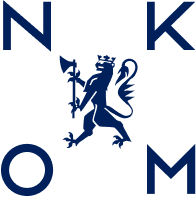
Publications & Findings
Collection of papers and publications with results from Jammertest
This page is an attempt at gathering papers and publications that reference the Jammertest event.
We, the organizers of the jammertest event really appreciate any acknowledgements you have made of our contributions to the GNSS community. Thank you! This type of acknowledgement is important for the continuation of the event and the technical development of future Jammertests. Your feedback and sharing of knowledge help us ensure funding and support for the continued existence of Jammertest for years to come.
As any other event, festival, or conference we are not guaranteed to exist forever, so please take an active role, and take part in our motto:
“Sharing is caring”
Share your scientific publications, your master thesis, PhD thesis, as well as newsfeeds and statements on what Jammertest gives you with the GNSS community.
Acknowledgement and attribution
If you want to refer to Jammertest in a paper or publication we would appreciate an attribution or reference.
- If you are mentioning participation at Jammertest, please include the year you participated.
- If you are referencing a specific test, you can refer to the test catalog for that year (documents from previous Jammertests can be found here).
- If you would like to include one or more of the organizers as co-authors, we would appreciate it.
Here is an example of an acknowledgement:
I/We would like to acknowledge the work of the organizers of Jammertest 20XX (Norwegian Public Roads Administration, Norwegian Communications Authority, Norwegian Defence Research Establishment, Norwegian Metrology Service, Norwegian Mapping Authority, Norwegian Space Agency and Testnor), at Andøya, Norway, for arranging a live test environment with jamming, spoofing and meaconing of GNSS signals. The Jammertest 20XX has contributed to our research by …
Jump to:
Scientific publications
News and press releases
Statements from participants
Scientific publications
Jammertest 2022
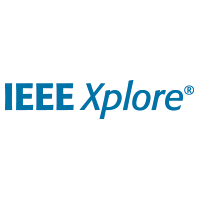
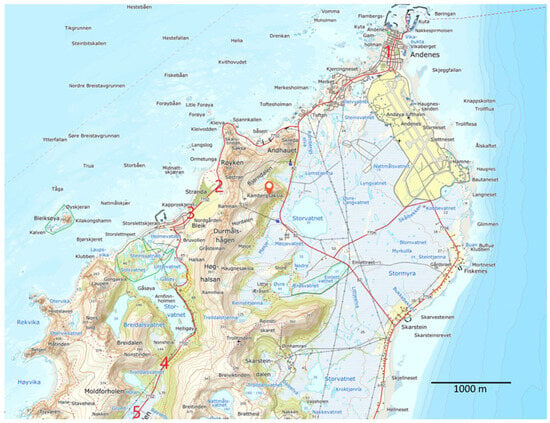
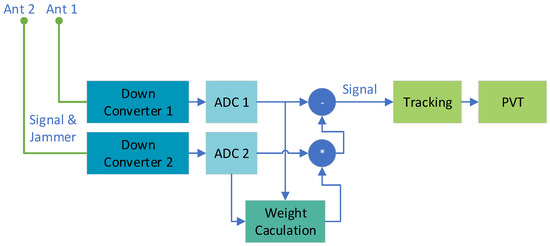
Jammertest 2023
KTH Networked Systems Security Group: https://www.eecs.kth.se/nss






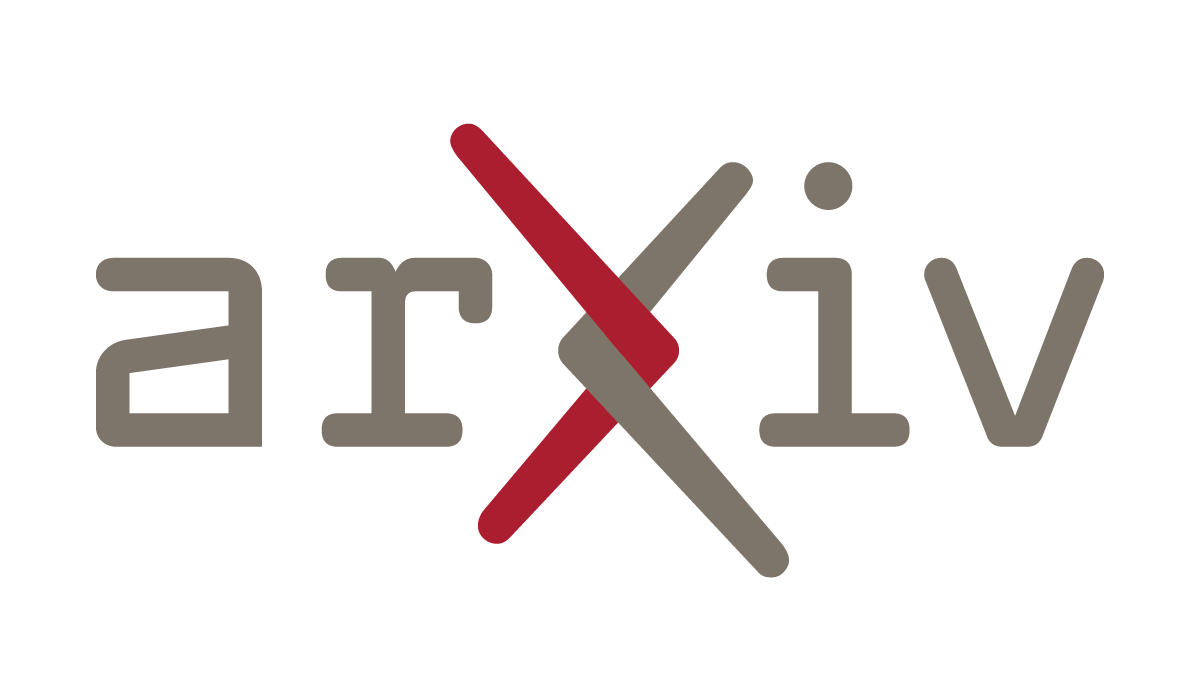
Jammertest 2024
KTH Networked Systems Security Group: https://www.eecs.kth.se/nss KTH Networked Systems Security Group: https://www.eecs.kth.se/ns Array-Based GNSS Jamming Mitigation Using a Low-Cost Software-Defined Radio - 







News and press releases
Jammertest 2022
Norwegian only Norwegian only Danish only (Paywall) Ublox: GNSS/GPS jamming and spoofing tests under actual conditions Skatteetaten: KVU Veibruksavgift og bompenger .jpg)

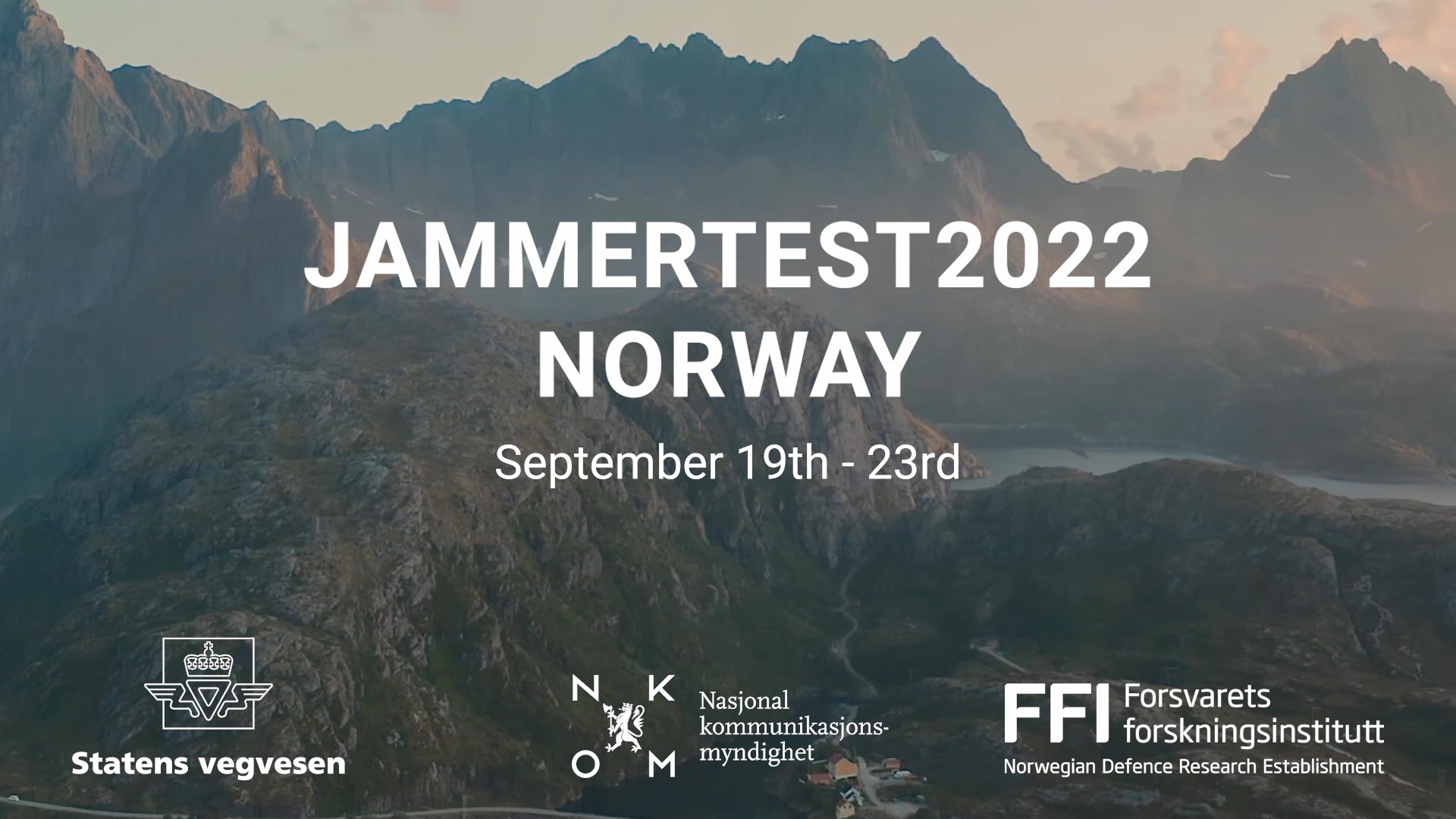

Norwegian Only
Jammertest 2023
Norwegian only Norwegian only (Paywall) Kystverket: Rapport etter Jammetest Andøya
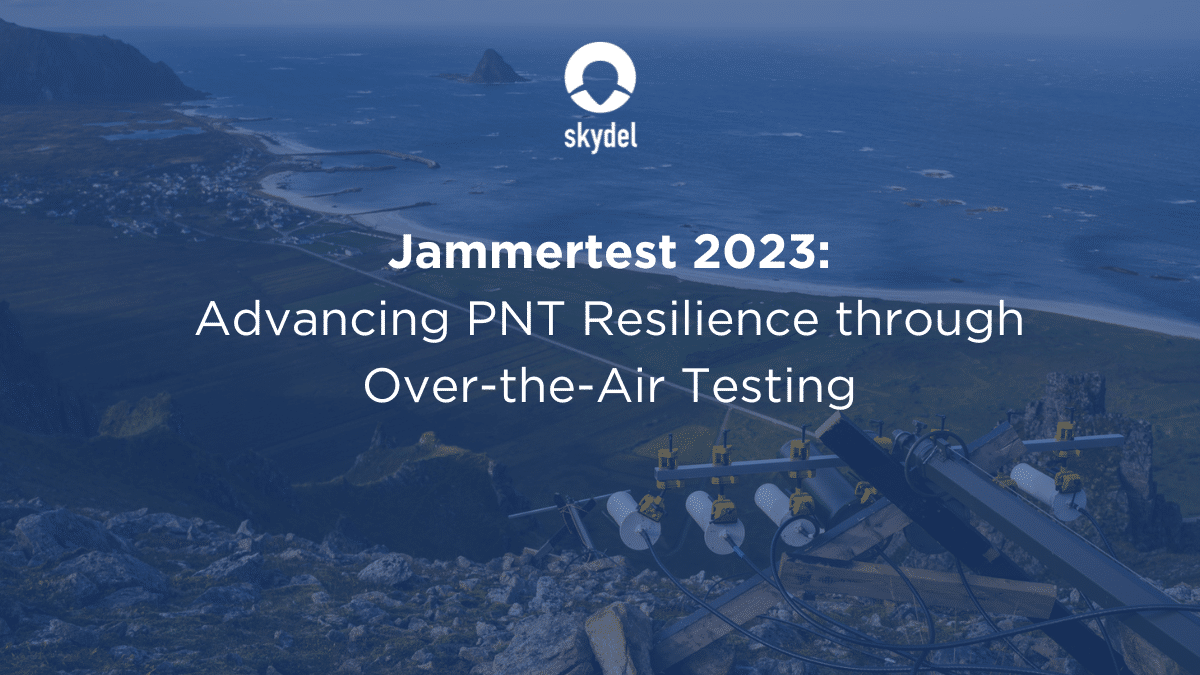
.jpg)



Norwegian only







